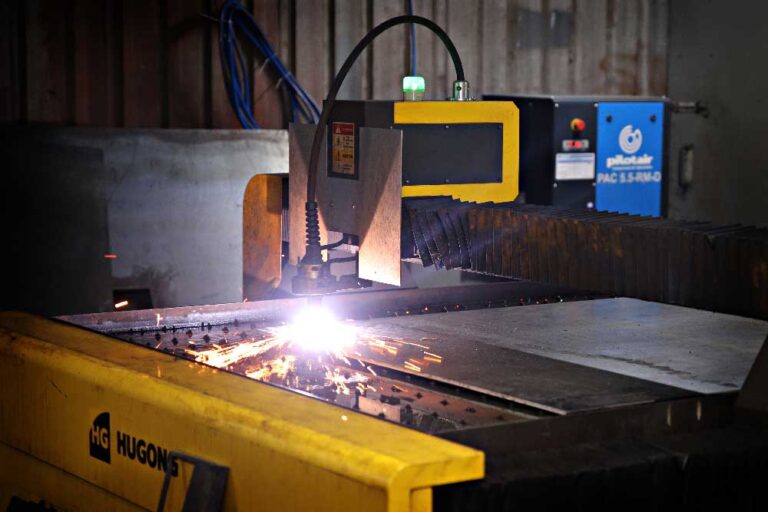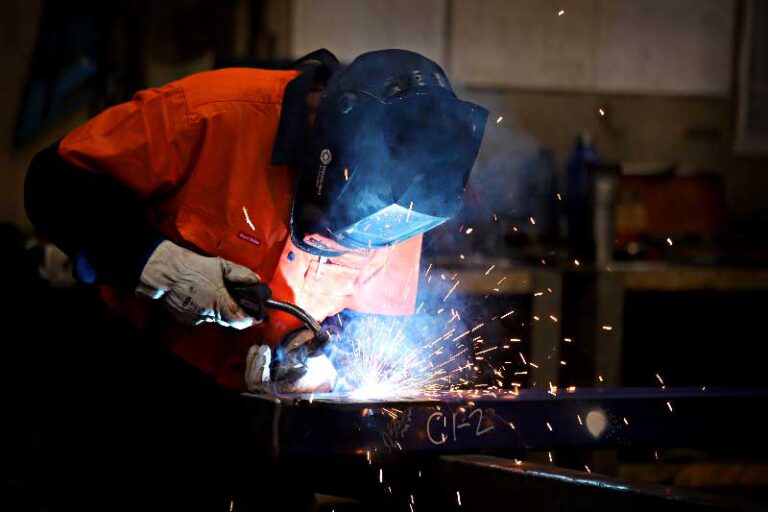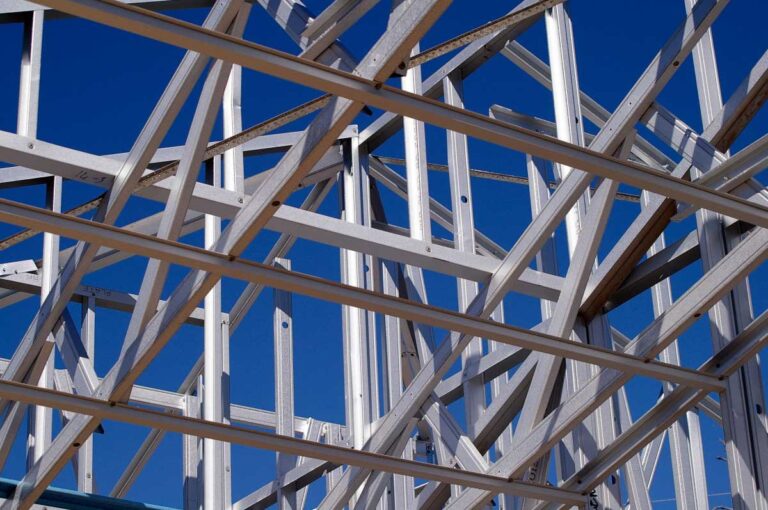Steel has increasingly gained recognition for its green credentials as a building material, contributing to sustainable construction practices and environmental conservation. The use of steel in building construction aligns with key principles of sustainability, offering several advantages that make it an eco-friendly choice.
One of the notable green credentials of steel lies in its recyclability. Steel is one of the most recycled materials globally, with a high recycling rate. The process of recycling steel involves melting down scrap steel and reusing it to create new products. This significantly reduces the demand for virgin raw materials, conserving natural resources and minimizing the environmental impact associated with mining and extracting new metals. Choosing steel in construction thus promotes a circular economy, where materials are reused and recycled, reducing waste and lowering the overall environmental footprint of the building industry.

The energy efficiency of steel production has improved over time, further enhancing its green credentials. Technological advancements in steel manufacturing have led to reduced energy consumption during the production process. Energy-efficient practices, such as using electric arc furnaces and optimizing resource utilization, have contributed to lowering the carbon footprint of steel production. As a result, steel has become a more environmentally sustainable alternative compared to some traditional building materials.
Steel’s longevity and durability contribute to sustainable building practices. Buildings constructed with steel have a longer lifespan and require less maintenance over time compared to structures made from other materials. This durability minimizes the need for frequent renovations or replacements, reducing the environmental impact associated with the manufacturing, transportation, and disposal of building materials. The long life cycle of steel structures also ensures that the embodied energy – the energy used in the production and construction of a building – is spread over many years, making it a more energy-efficient choice in the long run.
Steel’s light weight and strength contribute to energy-efficient building designs. The use of steel allows for the creation of larger spans and open spaces, reducing the need for additional support structures and materials. This design flexibility promotes the incorporation of natural light, improving energy efficiency by reducing the need for artificial lighting during the day. Additionally, steel-framed buildings can accommodate various insulation materials, enhancing energy efficiency and reducing the overall energy consumption required for heating and cooling.
Steel’s resistance to pests and mold further supports green building initiatives. Unlike some traditional building materials, steel does not provide a habitat for pests, such as termites, and is not susceptible to mold or fungi growth. This characteristic contributes to healthier indoor air quality and reduces the reliance on chemical treatments that may have adverse environmental effects.
In conclusion, steel’s green credentials as a building material stem from its recyclability, improved energy efficiency in production, durability, design flexibility, and resistance to pests and mold. As the construction industry continues to prioritize sustainable practices, the use of steel plays a crucial role in creating environmentally responsible buildings. By choosing steel, builders and architects contribute to the reduction of environmental impact, resource conservation, and the promotion of long-term sustainability in the construction sector.




